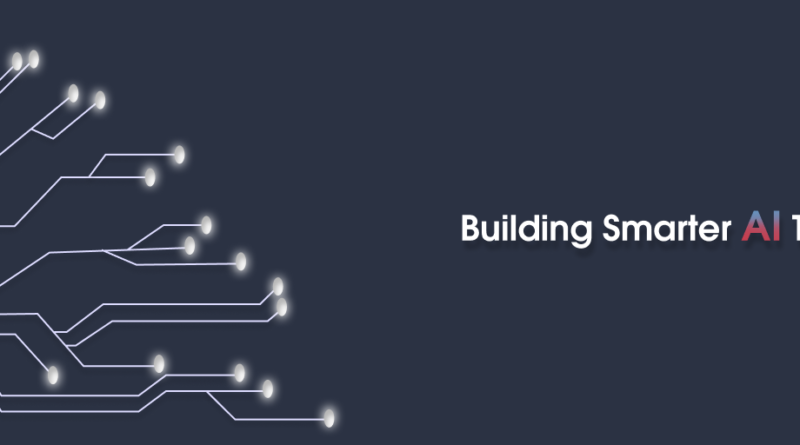Data Annotation: The Key to ML Model Accuracy
Machine learning models are only as good as the data they are trained on. You can have the most sophisticated algorithm, but without high-quality, well-structured data, its performance will fall short. This is where data annotation becomes a critical part of the machine learning lifecycle. It’s the process that transforms raw, unlabeled data into a format that algorithms can understand and learn from.
This guide will explain what data annotation is, why it’s essential for improving machine learning accuracy, and how you can approach it effectively. We’ll cover the different types of annotation, the key steps in the process, and what to look for in an annotation tool to ensure your models are built on a solid foundation.
Why is Data Annotation Important for ML?
Data annotation is the process of labeling or tagging data to make it understandable for machine learning models. For supervised learning models, which make up a vast majority of AI applications, this labeled data is the “ground truth” from which the algorithm learns to make predictions.
High-quality data annotation directly leads to more accurate and reliable ML models. When data is labeled correctly and consistently, the model learns to identify patterns more effectively. This is crucial for applications where precision is paramount, such as medical image analysis, autonomous vehicles, and fraud detection. Without clear annotations, the model receives mixed signals, leading to poor performance and untrustworthy results.
Types of Data Annotation
Data comes in many forms, and so does its annotation. The method you use depends on the type of data and the goal of your machine learning model.
- Image Annotation: Used heavily in computer vision, this involves labeling images to train models to see and interpret the visual world. Techniques include drawing bounding boxes around objects (object detection), classifying entire images (image classification), or labeling every pixel in an image (semantic segmentation).
- Text Annotation: This is essential for Natural Language Processing (NLP). It can involve identifying and categorizing entities like names or locations (Named Entity Recognition – NER), determining the emotional tone of text (sentiment analysis), or classifying entire documents.
- Video Annotation: Similar to image annotation but with an added temporal dimension. This means tracking objects or actions frame-by-frame to teach models to understand movement and behavior in video sequences.
- Audio Annotation: This involves transcribing speech to text or identifying specific sounds within an audio file, such as coughs in a medical recording or the sound of breaking glass in a security system.
The Data Annotation Process
A structured approach to data annotation ensures consistency and quality. The process generally follows these key steps:
- Data Collection: Gather the raw data (images, text, etc.) that you will use to train your model.
- Define Guidelines: Create clear and detailed instructions for the annotators. These guidelines should explain what to label and how to handle ambiguous cases to ensure everyone is consistent.
- Annotation: Human annotators, sometimes assisted by AI tools, label the data according to the guidelines. This is the most labor-intensive part of the process.
- Quality Control: Once the data is labeled, it must be reviewed to check for errors and inconsistencies. This feedback loop is crucial for maintaining a high-quality dataset.
- Export: The final, annotated dataset is exported in a format that can be fed into your machine learning model for training.
Choosing the Right Data Annotation Tool
The tool you choose can significantly impact the efficiency and quality of your annotation process. Building a tool from scratch is an option, but many businesses opt for existing platforms or services. When evaluating a data annotation tool, consider the following features:
- Dataset Management: The tool should easily import, organize, and export large volumes of data in various formats.
- Annotation Capabilities: Ensure the tool supports the specific types of annotation your project requires (e.g., bounding boxes, polygons, NER).
- Quality Control: Look for features that support review workflows, such as real-time feedback, performance tracking, and consensus mechanisms to resolve disagreements between annotators.
- Workforce Management: If you’re working with a team, the tool should allow you to assign tasks, monitor progress, and manage team members effectively.
- Security: Data privacy is paramount. Your chosen tool must have robust security features, like restricted access and secure storage, to protect sensitive information.
Build More Accurate Models
Data annotation is a fundamental, non-negotiable step in building accurate and effective machine learning models. By carefully labeling your data, you provide the clear, high-quality information your algorithms need to learn and perform reliably. While it can be a challenging and resource-intensive process, the investment in a solid data annotation strategy pays off by creating more powerful, trustworthy, and impactful AI applications.




